Last-Minute NYC Holiday Gift Guide 🎁
We’ve created a holiday gift guide with presents for the intrepid New Yorker that should arrive just in time—


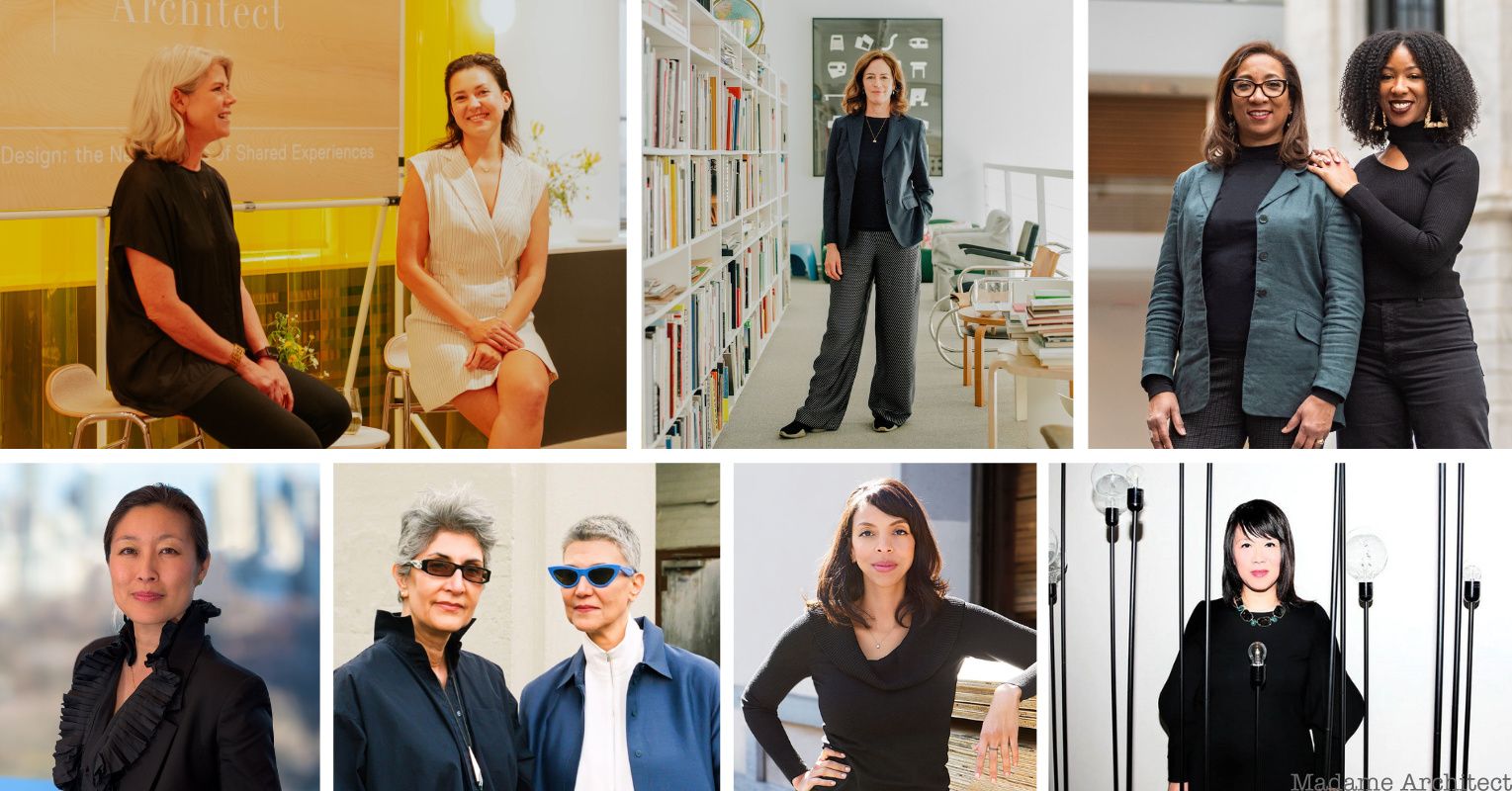
Digital magazine and media start-up Madame Architect is celebrating Women’s History Month with a major milestone, publishing its 400th interview! The publication, which will celebrate its 5th anniversary in May, has highlighted hundreds of “extraordinary women that shape our world” across its various content verticals including Feature Interviews, Days With, NextGen, the Expert, and Team Interviews. Most of those interviews were conducted by Madame Architect Founder and Editor in Chief Julia Gamolina. Gamolina is a trained architect who serves as an Associate Principal and Business Development Director at Ennead Architects as well as a Visiting Assistant Professor at Pratt Institute. In conducting Madame Architect interviews, Gamolina had the opportunity to sit down with a diverse array of women in the industry to discuss their work and their unique experiences as women in a traditionally male-dominated field.
“Beyond the number itself, what’s most meaningful to me about this milestone is that it represents a significant compilation of different ways women’s stories, perspectives, and expertise are shared – be it through a holistic story of their career, a look into their day, their aspirations for the future of the industry, an essay on their design and research interests, or a team initiative that is wholly women-led,” she told Untapped New York. Gamolina expressed thanks to her team – Amy Stone, Gail Kutac, Pat Dimond, Kate Reggev, Kate Mazade, Julia Chou, and Sydne Nance – for all of their contributions to this exciting achievement.
For Untapped New York, Gamolina dug into the archives to curate a list of 10 interviews that offer a sample of the fascinating profiles published. The list exemplifies the wide variety of ways women enter the architecture industry and the many different paths they take to build their careers and navigate life. Below, you’ll find excerpts from Gamolina’s interviews and quotes from each interview subject about their advice for those just starting out in the field! You can share Madame Architect profiles that have inspired you by tagging #MadameArchitect400 on social media.

Kim Holden was one of the Founding Principals of SHoP. In addition to her design role, as Managing Principal, Kim guided SHoP’s strategic development, shaped its operations and staff, and spearheaded cultural initiatives for the studio as it grew from 5 to over 200 people. Along the way, she worked with many young, talented professional women and mentored them in work and in life – one of her favorite aspects of the job. After almost 30 years in the design world, Kim switched careers, founded DOULA X DESIGN, and is now honored to support women as a birth and postpartum doula. Kim earned a Bachelor of Arts degree in Art History from the University of Vermont and a Master of Architecture degree from Columbia University, receiving several awards for design and research.
Gamolina: You’ve really seen and done it all – what advice do you have for those in architecture, for women in architecture, and for those that may eventually want to transition into something else?
Holden: I attribute SHoP’s success, in part, to the five of us coming to architecture from different academic backgrounds. That was very impactful in the early days and so as we grew, we looked for and embraced each staff member’s “special sauce”– a passion or experience that helped define who they are. People are great architects when they bring other things to the table that inform their problem-solving skills, their designs, and their practice.
When I think about what brings me joy, it is the same things I loved in childhood, high school, and college. In my conversations with my daughters about the pursuits that they enjoy, I tell them, “Those are the things you’re going to continue to love, so always look for ways, outlets, and paths that will allow you to do them.” My advice is to keep doing what you love that doesn’t have anything to do with architecture, and guard that fiercely. Those passions will help fulfill you both as a person and as a designer.
Read Holden’s full interview on Madame Architect where she talks about what she’s learned from building a wildly successful practice, and her transition from architect to doula, advising those just starting their careers to fiercely guard their “special sauce.”

As Chief Executive Officer and Partner at Bjarke Ingels Group, Sheela Søgaard manages the overall health and growth of the studio’s 500+ designers and support functions globally. Prior to joining BIG as Chief Financial Officer in 2008, Sheela led Business Development efforts for Danish culinary entrepreneur and NOMA co-founder Claus Meyer and before that, she developed strategic solutions at McKinsey & Company. Having roots in Dubai, Saudi Arabia, and Denmark, Sheela holds a Master’s degree from Copenhagen Business School.
Gamolina: What advice do you have for those who want to start and run their own practices? For those just starting their careers?
Søgaard: For those starting their own firms, if you can’t, at the beginning, afford business staff, make sure you get business advice; someone to help you establish some guiding principles and a pain threshold of when you engage in a project so that you curb your investment in it. Not curb your enthusiasm necessarily, but match your enthusiasm with your business structure. And really only work with and hire people that energize you, and that represent you.
To those starting their careers, select the people that you want to work with. Also, there are so many great companies, so many great people, and so many great initiatives, that you don’t have to be stuck in something that you don’t enjoy or in a company where you don’t feel like you’re advancing or evolving or being allowed to contribute in a meaningful way. There are so many things you can do in the world, and form, and be part of, that there’s almost no limits to what you can expand into.
Read the full interview where Sheela speaks with Gamolina at length about her path before and at BIG, and her experiences as a mother, advising young architects to know what their mission-critical is and to work with people who energize them.
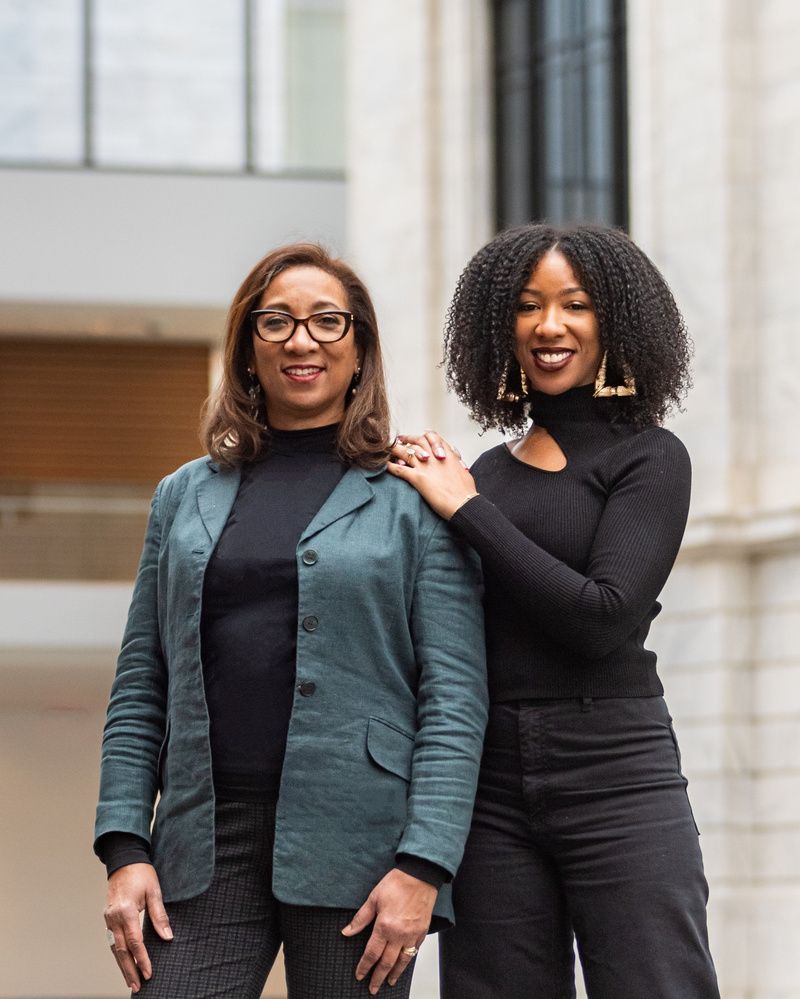
Sandra Madison is the CEO, Chairperson, and Partner at Robert P. Madison International, the first Black-owned architectural firm in Ohio. Maya Madison is an architect and project manager there, having worked previously at various firms in New York. Gamolina was especially excited to conduct this interview because it featured a mother-daughter pairing when so many people get into architecture because male figures in their lives are part of the profession.
Gamolina: What is your advice for all of us who are working inter-generationally within firms? We hear so much about millennial workers being this and that, or about more senior members of companies not embracing new platforms quickly – what advice do you have there, for how to communicate with those in a different generation than you?
MM: Listen to each other. There is a misconception that people that are older know everything and that their way of doing things is the best way, but I think younger generations bring their expertise in technology, social media, and much more. It’s always good to intertwine people’s experiences – both junior and senior members of the industry – it’s important to listen to each other and understand that both parties bring something valuable to the table.
SM: Absolutely – I don’t have much to add to that. Both Maya and I both bring unique experiences to the table, so working together is a win-win. I see it as a wonderful combination of knowledge.
Read the full interview where the mother-daughter duo talk about intertwined experiences, shared values, and knowledge sharing, advising those entering a family business to achieve clarity of roles early.

Thao Nguyen is an art & design thinking agent at CAA and represents many of the world’s leading cultural innovators, including Bjarke Ingels, Refik Anadol, Rem Koolhaas, Kahlil Joseph, among others. She is based in the Los Angeles office where she also curates CAA’s contemporary art collection. Ms. Nguyen is also the CEO & Co-founder of Constellation Immersive, an experience-based producing studio specializing in live original content at the convergence of storytelling, pop culture, design, and technology.
Gamolina: Where are you in your career today? What is on your mind most at the moment?
Nguyn: I’m always interested in new forms of story-telling. Architecture is one such form. I’m really excited right now about the proliferation of immersive experiences — it’s a relatively new form of story-telling that has so much potential as people are more hungry than ever to connect with others in real life and in more meaningful memorable ways.
Gamolina: Finally, what advice do you have for those just starting their career? Would your advice be any different for women?
Nguyn: Give yourself permission to experiment and play. It makes the challenges you encounter less daunting.
Read the full interview where Ms. Nguyen talks about the evolving definition of talent and creating new story-telling platforms, advising those just starting their careers to experiment and play.
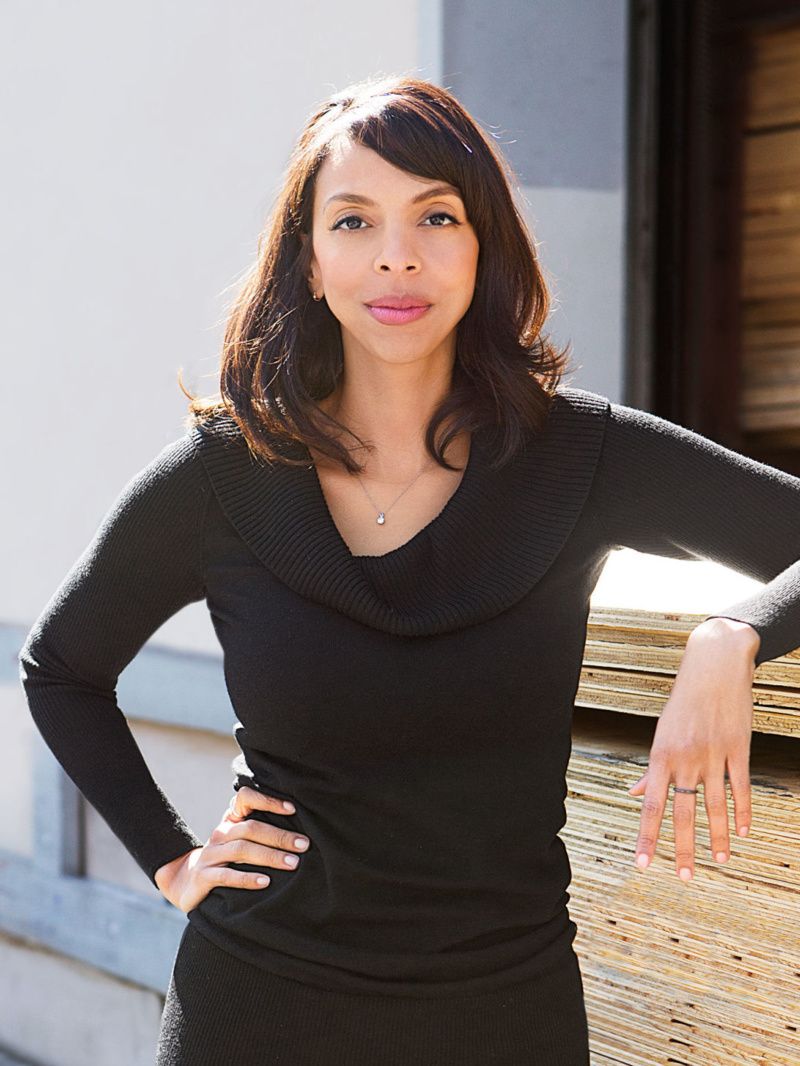
Trained as an architect, Jean Brownhill is the Founder and CEO of Sweeten, a free service that matches people with major renovation projects to the best general contractors, offering personal support until the job is done. She has 15+ years of experience in residential and commercial architecture, construction, project management and systems, and while working in Global Architecture at Coach, Jean won the company’s Chairman’s Award for the creation of web platforms for construction of stores worldwide. She is one of only 11 African-American female entrepreneurs in the US to raise more than $1M in venture capital.
Gamolina: What advice would you give to those just starting their careers in the built environment?
Brownhill: I’d encourage people to optimize for their obituary. This sounds morbid, but what I mean is, think about the end of your life – who do you want to be and what do you want to have done? In any of these small incremental steps, when you’re thinking, “Will I be a failure? Will I change my career ten times?” Guess what – nobody cares! At the end of your life, that won’t matter. I find so many people that are afraid of the wrong things. I’m terrified all the time, but I’m more terrified of getting to the end of my life and not having lived the full depth of it.
When you start thinking in that bigger and more meaningful way, you really start to make some shifts.
Read the full interview where Jean talks about her drive to ensure that the online platforms for architecture are built by those who care about it, her drive to embrace inclusion and diversity at every corner and scale of the company, and her drive to realize all people’s dreams for the most intimate spaces in their lives.
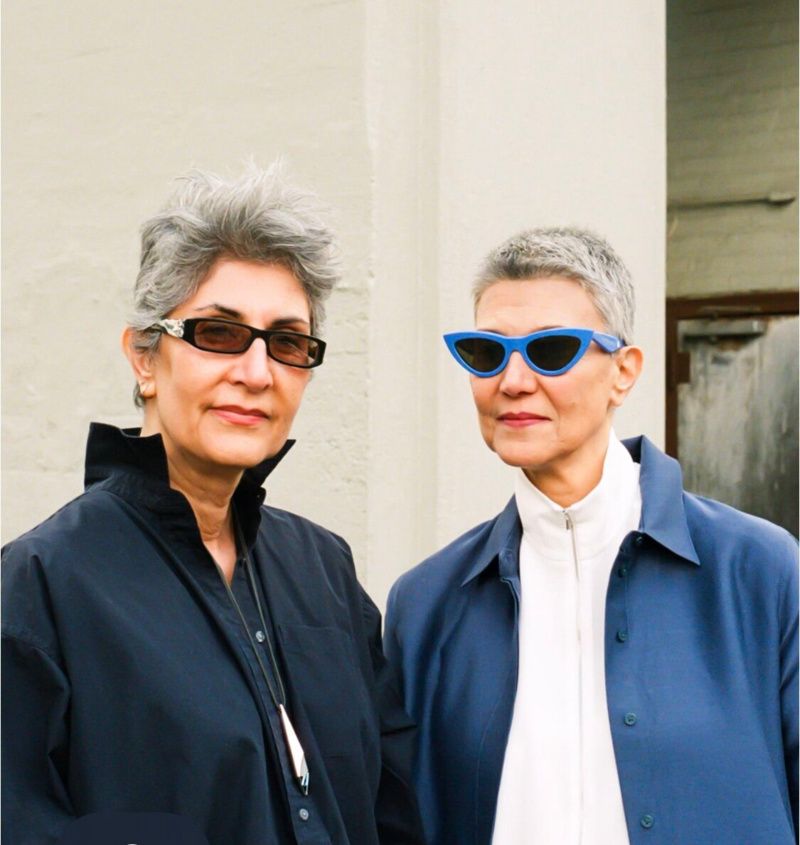
Gisue and Mojgan Hariri are two Iranian-born, Cornell-educated sisters, who founded Hariri & Hariri Architecture in 1986. Today they are celebrated as two of the most accomplished women in American architecture and design and are described as one of the most progressive and out-of-the-box firms currently working in the United States. Their projects range from luxury residential developments and hotels, to single-family houses, and high-concept, high-tech experiments. Gisue Hariri has devoted time to teaching since 1987, to emphasize the importance of academic and philosophical discourse within the context of a professional practice, and has been an Adjunct Professor of Architecture at Columbia University and a Visiting Critic at Cornell University. She is an activist promoting “Women Empowerment, Equality & Equity” for all women, especially in the male-dominated field of architecture.
Gamolina: What do you wish you knew when starting out that you know now? What advice do you have for those starting their career?
GH: I wish I knew that going into architecture is like going to war and that if you are not a warrior you are not cut to be an architect. There are so many challenges and obstacles in your way of making an inspiring project. If you are not ready to face them with conviction and strength you might as well do something else.
My advice would be to nurture and create opportunities for women in architecture, as I truly believe that women have a lot to offer to the field. We need to be mentors and sponsors to younger women. According to the Architectural Record essay by Sarah Williams, men still largely control architecture’s higher reaches, and they are more likely to lavish attention on younger men. Remember that until we respect, recognize, and appreciate women’s contribution to the field of architecture we cannot change the boys’ club culture, and the sexism and racism that exist globally in architecture.
MH: I wish I knew that the simplest things in life are the most complicated, magical, and extraordinary. What is important is to create memorable experiences, moments, and structures. Great architects are the ones trusted by the public to make buildings that offers a wider range of human experiences.
My advice to the young architects is to remember that Architecture cannot be defined as one thing, style, philosophy or ism. It is the amalgamation of many things, which at it’s best, helps us define who we are today and who we might be tomorrow.
Read the full interview where Gisue and Mojgan talk about coming to the United States from Iran, setting up their practice, and what success means to them, advising young architects to nurture and create opportunities for others, and to remember that architecture is not just one thing.
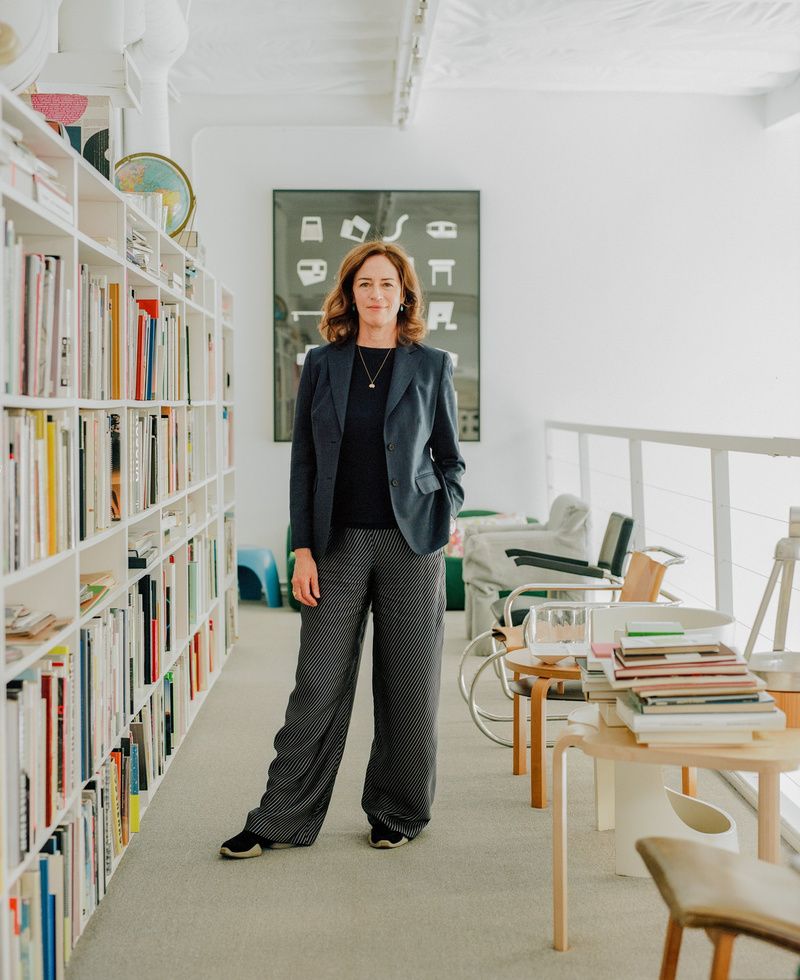
Sharon Johnston, FAIA, is founding partner of Los Angeles-based firm Johnston Marklee and Professor in Practice at the Harvard Graduate School of Design. Works by Johnston Marklee span thirteen countries and are diverse in scale and type. Recent projects include the Menil Drawing Institute in Houston; a renovation of the Museum of Contemporary Art Chicago; the new Dropbox global headquarters in San Francisco; and the new UCLA Margo Leavin Graduate Art Studios in Culver City. An upcoming collaboration with Christ & Gantenbein – the renovation of the Hauptbau at Kunstmuseum Basel – will involve museography and interior design by Johnston Marklee, with the aim of enhancing the museum’s porosity to further advance the museum into the civic realm. In 2019, Sharon was named Architectural Record’s Women in Architecture: New Generation Leader. Together with partner Mark Lee, Sharon was Co-Artistic Director of the 2017 Chicago Architecture Biennial.
Gamoline: What advice do you have for those starting their career? Would your advice be any different for women?
Johnston: The career arc of an architect is long and winding, and what lies at the very core of a practice when it is born and as it grows are relationships, which support and expand how and where one discovers opportunities to design. The importance of building skills and knowledge cannot be underestimated, and while it seems young practitioners are accelerating their exposure through the myriad of social platforms, taking it slow, being intentional with your output, and building the foundations of a career are still essential to be able to participate in the complexity of projects locally and globally through time.
It’s essential to build a community of like-minded colleagues and collaborators and exchange ideas across a shared platform, whether that be buildings, exhibitions, or teaching, among many other practice modes. I find that having a supportive community helps bring more voices to the table. Being intentional, direct, and collaborative is so essential to creative practice. I observe that women are typically good at harnessing diverse inputs towards shared goals and that these kinds of skills are shining more and more today.
Read the full interview where Sharon talks about dimensions of culture, a constellation of collaborators, and expanding our sense of humanity, advising those just starting their careers to build their communities.
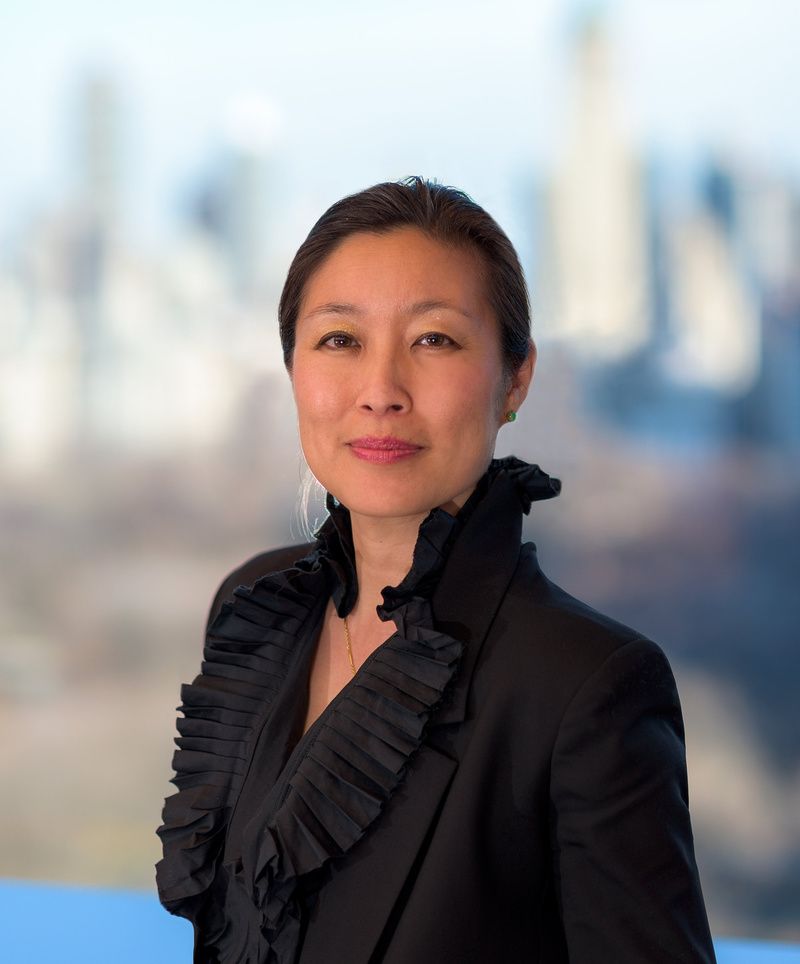
As Senior Vice President of Design for Related California, Ms. Yee leads the architecture and interior design for all market rate and mixed-income residential developments throughout California. She is responsible for the creative oversight and management of the planning, design and engineering of every market rate development, from concept and delivery to building opening. A registered architect and former vice president at international design firm, HKS Architects, Ms. Yee holds a Master in Architecture from the University of California, Los Angeles and a bachelor’s degree from Georgetown University. She is a recipient of the Asian Women in Business Corporate Leadership Award, former editor of the Dallas chapter American Institute of Architects newsletter, and served on the Urban Design Advisory Committee for the City of Dallas.
Gamolina: What advice would you give architects? And, how do you guys choose the architects that you work with?
Yee: The advice I give a lot is that communication is critical. Figuring out how to communicate clearly with your clients, and really understand – even if the client can’t quite articulate what their goals are, because they’re more intuitive or because they need to see things in order to respond – how your client operates. And then, if the client can’t see very clearly, try to help them help you in identifying what their goals are. One of the things architects sometimes do is that they start with the client and try to run with what they think our goals are, without checking back. It’s a constant, on-going, conversation.
One of the things architects might not see from the developer side is that it’s not that owners want to make random decision later and change their minds all the time – what happens is, because the lifespan of these projects is long, we are also constantly checking back with the market, and seeing what other things might have happened since we started the project, or maybe we learned things from the process of the project. We ourselves are constantly trying to check that what we’re going to build is still going to be relevant. And sometimes, we need to change course, because in two years for example, things change. Nothing is static.
Read the full interview where Phoebe talks to Julia Gamolina about being on both sides of the architect-developer relationship, and what she has learned for the best possible such partnership. She advises those starting their careers to set goals for the experiences they’d like to have, as opposed to the outcome of those experiences.
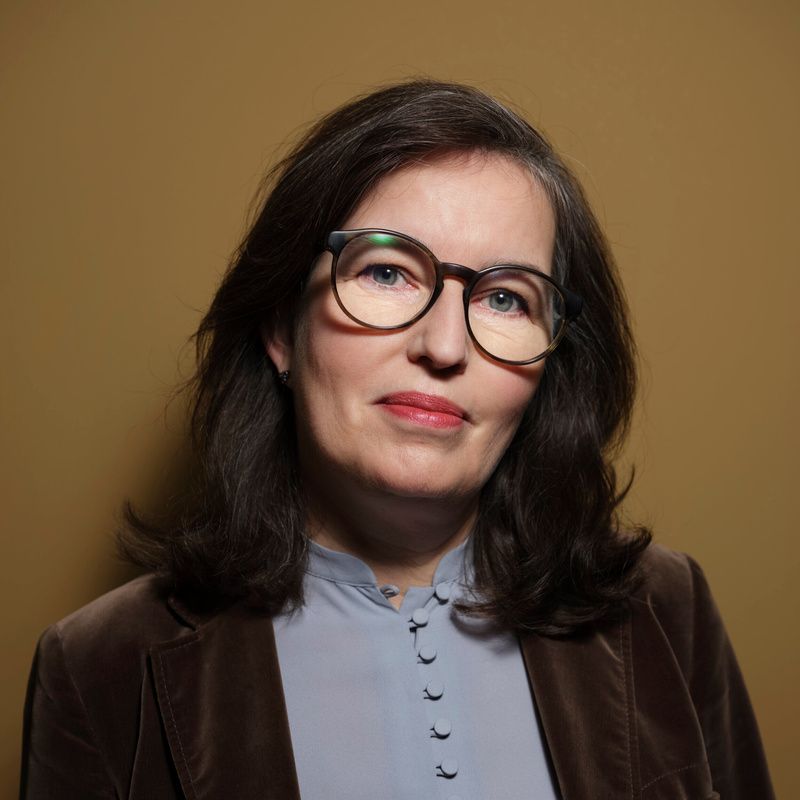
Nathalie de Vries is a co-founder and principal architect and urban designer of MVRDV, an interdisciplinary studio that works at the intersection of architecture and urbanism. She is renowned for a diverse body of work in a variety of scales and typologies that are grounded in connecting individuals, communities, and environments. Over the past 25 years, she has designed and realized projects such as Villa VPRO, Silodam Housing, Book Mountain and Baltyk office tower, as well as three national monuments. As Chief National Railroad Architect, Nathalie has built up experience in transport infrastructure which she has translated into a series of projects. Together with co-founder Jacob van Rijs, Nathalie has published MVRDV Buildings (2013), about the post-occupancy and the making of the built work of MVRDV. She regularly lectures at renowned universities and engages in international juries.
Gamolina: What advice do you have for those just starting their careers? It’ll be up to us to maintain the value of architecture after all.
There are many ways of being an architect. Ask yourself, “What are my strong qualities?” If you can find an office that makes it possible for you to explore the aspects of architecture that you like best, that would be great. Also make sure you land in an office that thinks about you as well; it’s not just a one-way street! That’s how you last and keep on enjoying the job, however hard it might be. Keep fun in your work. Being in architecture is a tough job, but it’s also a very nice job and I think it’s good to have a balance of both challenges and joy.
I’ve been talking to other women in architecture a lot, exchanging experiences. A lot of them in the Netherlands have children— that is, if you want to have children, you don’t have to have children—and what we all said was that parenthood made us stronger and more organized. So, don’t see that [having children] is the end of your career. In fact, most of the women I talked to said, “It definitely opens new perspectives on your work and taught me to be more efficient with time.” Whether with or without children, good work-life balance is important for all.
Read the full interview with Julia Gamolina where Nathalie talks about the political and cultural landscape in the Netherlands that catalyzed the start of MVRDV, and the tools that make great architecture, advising those just starting their careers to find an office that allows you to explore your favorite parts of architecture.

Johanna Hurme is a co-founder and managing partner of Winnipeg-based 5468796 Architecture. In addition to practice, she is an activist and an advocate, having initiated and co-created a number of design related events and programs. She has taught design at the University of Manitoba, Toronto, Montreal and in 2019 Johanna was named visiting Professor-Morgenstern Chair at the College of Architecture, IIT, Chicago. She lectures extensively around the world and is co-author of ‘Innovative Solutions for Creating Sustainable Cities’ (2018), and ‘platform:MIDDLE, Housing for the 99%’, published in 2021.
Gamolina: What advice do you have for those starting their careers in architecture? Would your advice be anything additional or different for women?
Hurme: Educate yourself to understand how architecture is driven by dollars. Learn that lingo because learning that will allow you to push and pull your design better. Don’t be cynical with it – this is very important – just go with it, and challenge that norm to carve out a space for good design within that really tight formula. Even if it means taking an extra course in business management or economics in school, or getting acquainted with a developer who can walk you through some of these things, is beneficial. If you don’t understand these realities, it’ll be very difficult to make architectural decisions that truly help drive the project.
The second part is to understand that architecture is so much more broad than just design, and formal design. We have to advocate, to get involved in politics, to understand the financial aspects, to mentor, to guide the next generation, to get involved with the community, to give back. There are so many different opportunities in architecture within all of these things, and there really are a lot of choices.
Read the full interview where Johanna talks about her multi-cultural exposure to architecture and the factors that drive architectural design not often talked about in school, advising those just starting their career to understand the economics of architecture and to know that there are many options in the field.
Discover more profiles on the Madame Architect website and by following #MadameArchitect400 on social media!
Next, check out NYC Makers: Meet the Female Architect Who Rappels Off NYC’s Most Famous Buildings
Subscribe to our newsletter